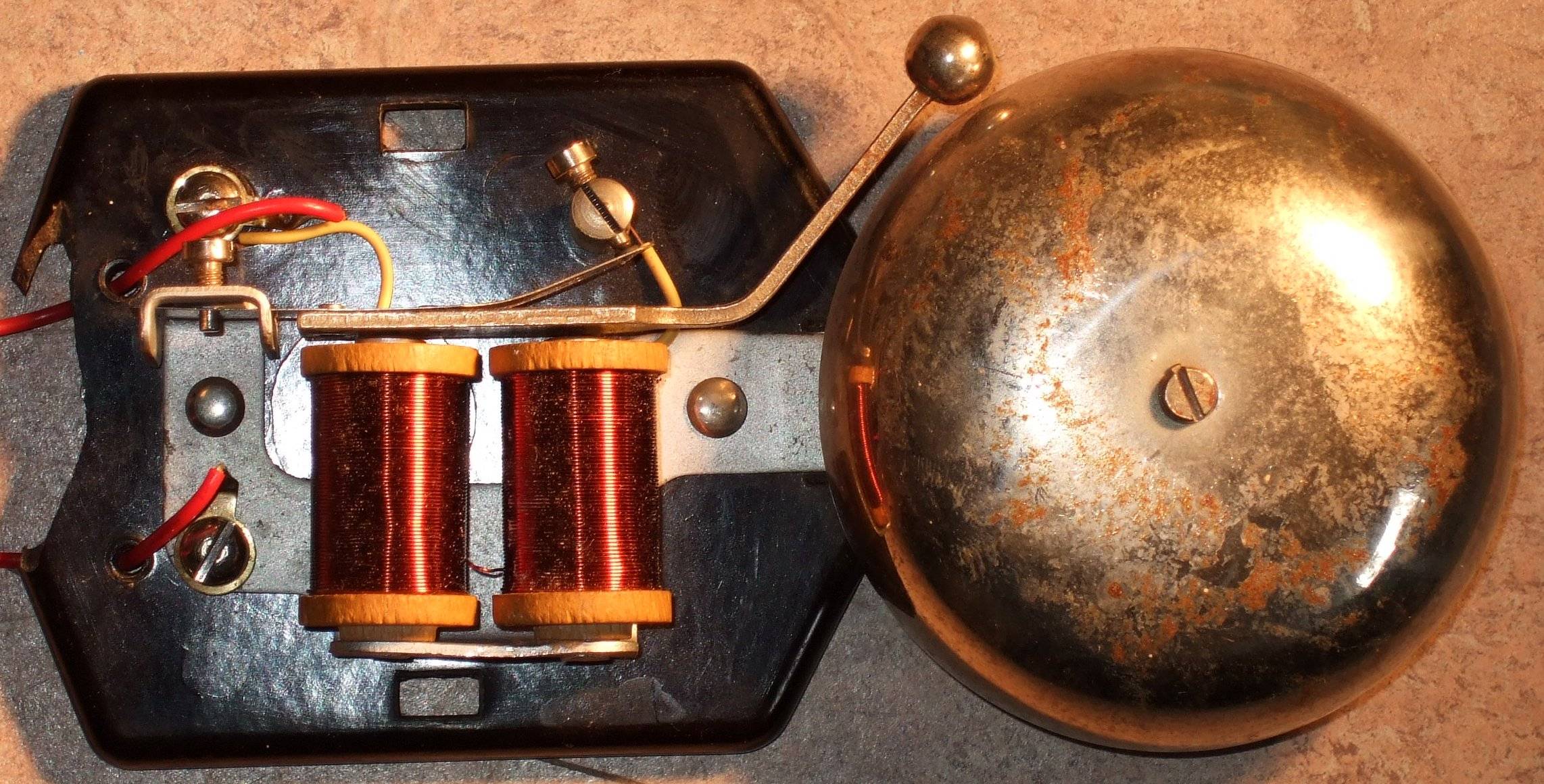20 AWG wire is about 33 mΩ/m, wikipedia so I'd estimate the resistance at around 3.3 Ω
Into that load, your 9 V batteries are acting as current sources, not voltage sources. You will get a better match to the magnet resistance by putting them all in parallel, not series. Each battery would attempt to deliver 750 mA, which it wouldn't, but it's not as mismatched as a series connection.
The same goes for the AAs, parallel not series. 1.5 V into 3 ohms gives 500 mA total, which is 170 mA per cell. Finally, you have a practical current per cell.
If you could find a 12 V car battery, then the magnet would draw about 4 A, with a heating power of 50 watts. One pound of wire is about 450 g, so has a heat capacity of about 180 J/K, giving a heating rate of about 0.3 K/s. That would allow you a minute or two of operation before you have to switch off and let it cool down. Two car batteries would be even better, but with one quarter of the operating time.
At the moment, your magnetic circuit is not good for high fields. It consists of a bar of iron, and a long air path on the way back. This long air path is limiting your field. You should instead use a 'horseshoe' configuration. Unwind the copper, cut the bar in half, and wind half the copper on each leg. Obtain another piece of square bar of similar area, and assemble them into a 'U' shape. This is the configuration used in the classic doorbell (image from wikipedia, electromagnet page). The nearly closed iron path improves the field strength by orders of magnitude.

